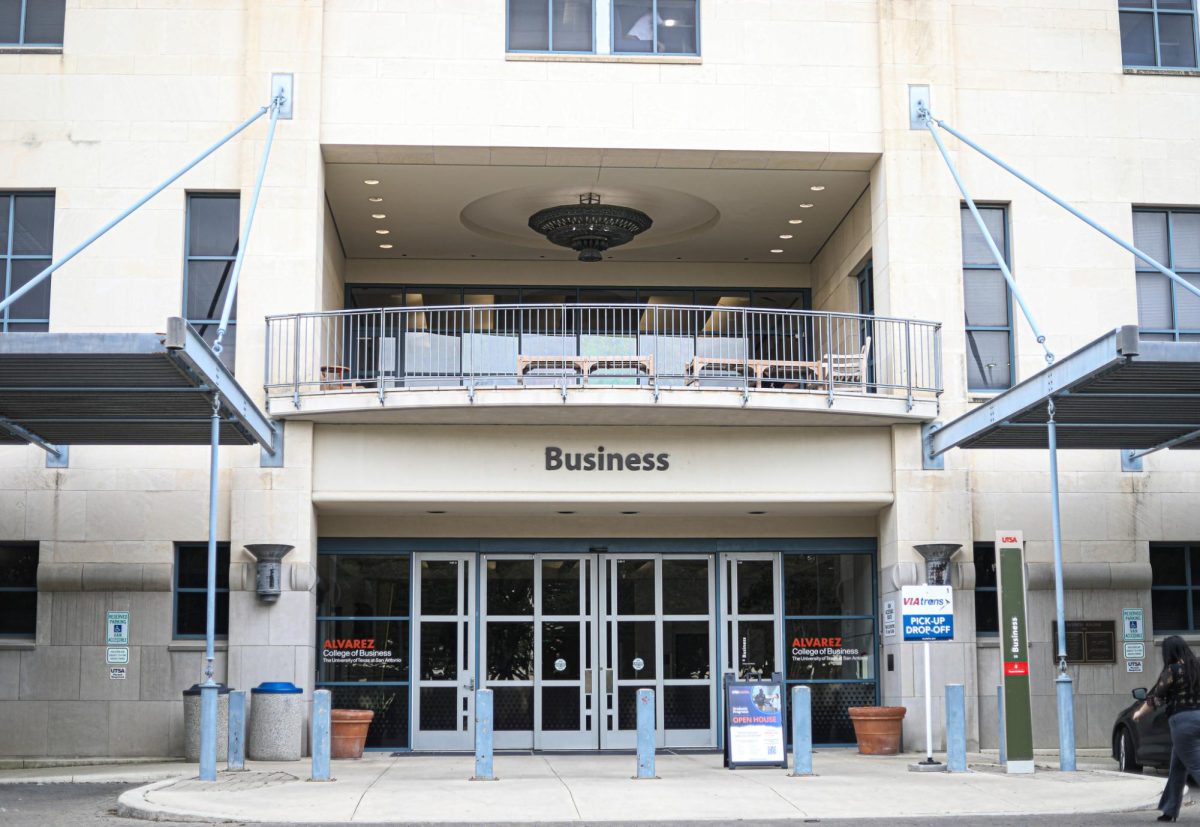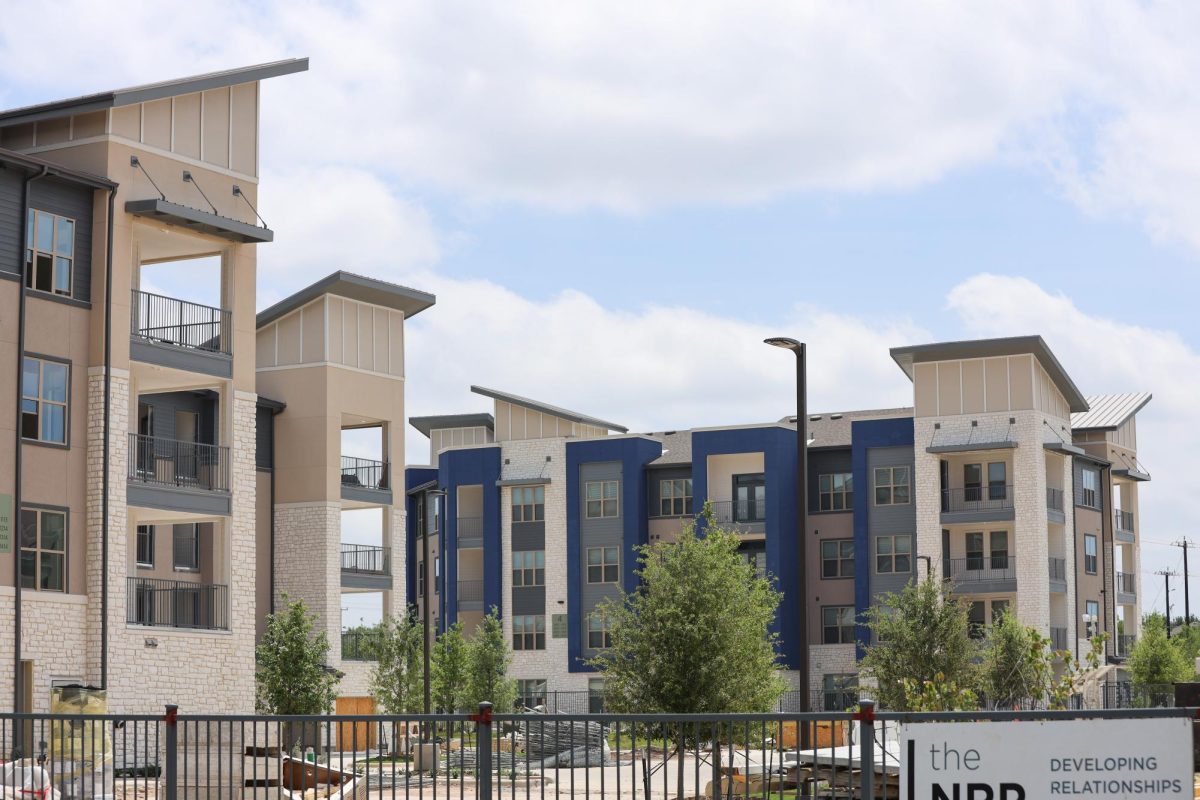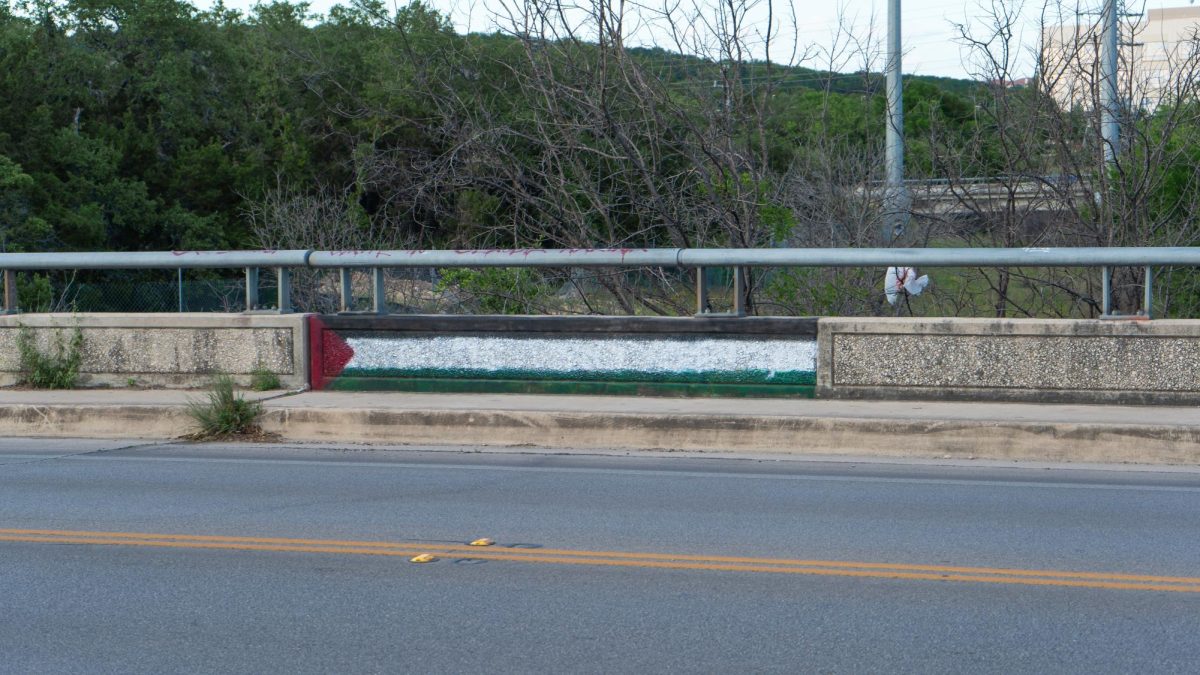
The Paisano
UTSA’s less than ideal graduation rates were broadcasted on Interstate 35, in Austin last month. “ONLY 1 IN 4 AT UTSA GRADUATE IN 6 YEARS. IS THAT SHIP SHAPE? TEXAS ASSOCIATION OF TEXAS” the billboard read.
Sponsored by TAB, which represents the Texas business community, the billboard was intended to start a dialogue in favor of outcomes-based funding — a initiative that would tie a school’s budget to its graduation rates — but it also sparked dialogue, on campus, 90 miles away.
Improving the graduation rate is a central pillar of the university’s campaign to Tier One status — even so, some current students lament that administrators inflate the merits of incoming freshmen, underselling their own collegiate experiences.
“The billboard brought up some very strong reactions from professors and students alike,” said senior communication major Lauren Cesmirosky. The board’s message was a hot topic of discussion in English courses.
“No one seemed very impressed with the message the billboard sent out about our university and our students’ work ethics,” she said. “It’s almost insulting.”
While the academic caliber of UTSA students has risen in the past 10 years, the composition of students still differs from that of other Texas universities.
“Most UTSA students work full-time, have families, and support themselves and maybe take a little longer to complete a degree,” said Cesmirosky.
Approximately 70 percent of UTSA students work part time or full time. Additionally 70 percent of students receive financial aid.
“It is almost like even though we are becoming a traditional university we do not have traditional students,” Cesmirosky said.
Accessible, high-quality education stands as a cornerstone of the university’s 1969 charter. At its inception, UTSA functioned as a commuter campus for local students. Despite the proliferation of on-campus and close to campus housing, UTSA remains a majority commuter campus (most of its students living 10 or more miles from campus).
However, the Tier One campaign has implicitly challenged the part-time character of the study body.
Tier One distinction stipulates admission selectivity as well as elevated research funding.
The university accepted approximately 60 percent of the applicants for Fall 2014 — about 42 percent accepted and enrolled — said Dr. George Norton, UTSA director of admissions. Before 2008, UTSA accepted nearly 99 percent of applicants. Since 2008, UTSA has changed its admission criteria three times.
According to Norton, it is in UTSA students’ best interests to have fewer part time university colleagues.
Although not an explicit requirement for Tier-One, high graduation rates affect the university’s image. UTSA touts a 30 percent six-year graduation rate for first-time students who begin, start and complete their undergraduate careers at the university and 49 percent six-year graduation rate for transfer students.
The statewide average graduation rate for public universities is 60 percent, a percentage largely inflated by Texas A&M and UT.
“In my opinion a part of the university is the problem,” said senior Aubrey Zimmerman. “My parents can’t simply slap thousands of dollars down at the school — I have to take care of me too.”
Perhaps UTSA’s quest to recruit the best and brightest students — a population of new, “native Roadrunners” — is becoming synonymous with the university’s quest for Tier One.
The university established the Graduation Improvement Rate Plan (GRIP) in 2011; its organization demonstrates the weight university attributes to enhancing its image and producing top students, essential to the university’s developmental goals. Yet, it is too early to measure GRIPs success; its policy implementation began in the fall with the freshman class of Fall 2014.
“There is a GRIP-inspired tendency to want to encourage taking 15 hours if at all possible,” said UTSA academic adviser Stephen Cheney. “The advising restructuring is another example of a GRIP-motivated change,” Cheney continued. “The idea is that a single point of contact goes along way toward facilitating expedient graduation.”
Norton believes that raising the admissions criteria raises the caliber of students attracted to the university.
But does raising the admissions standards contradict the university’s initial design?
“As we have raised the admissions criteria, at UTSA,” said Norton, “the incoming class has been just as racially and ethnically diverse as it has ever been, perhaps even more so — the reason that I think is, because these has always been a lot of well prepared minority students out there.”











